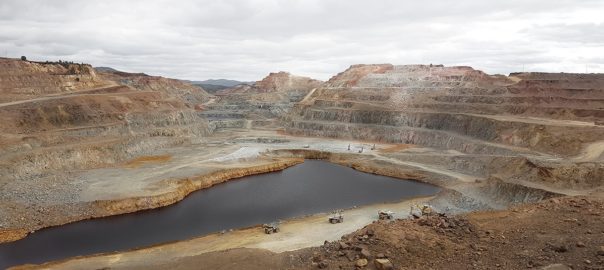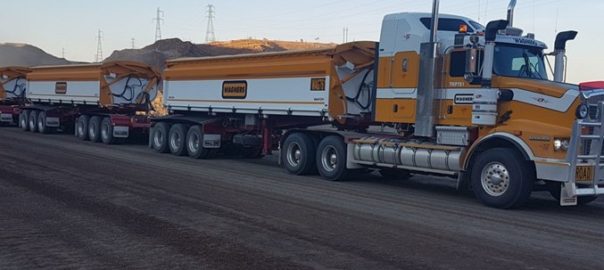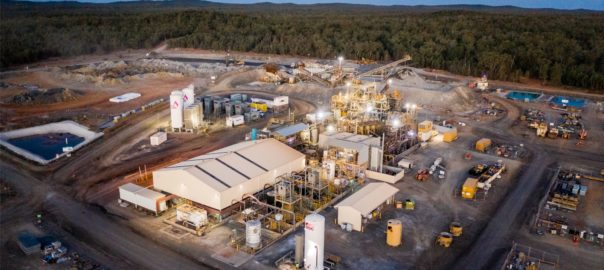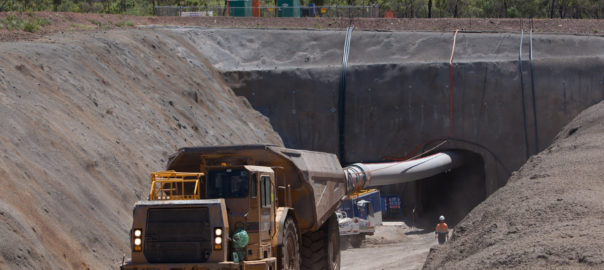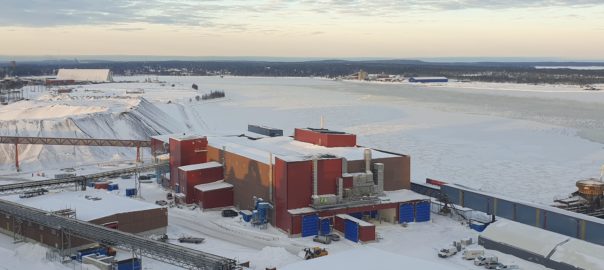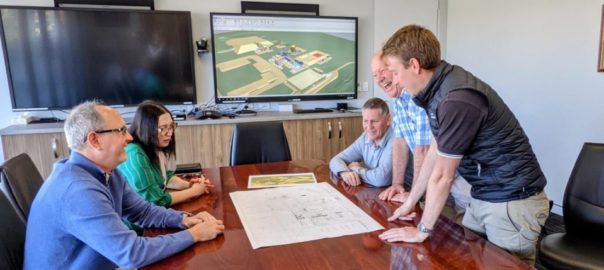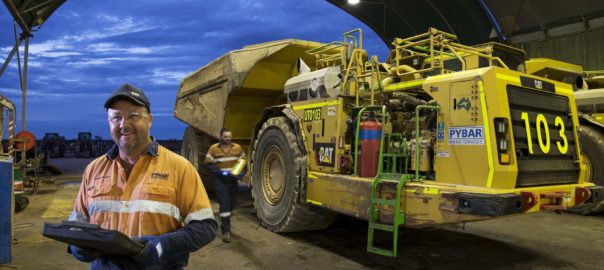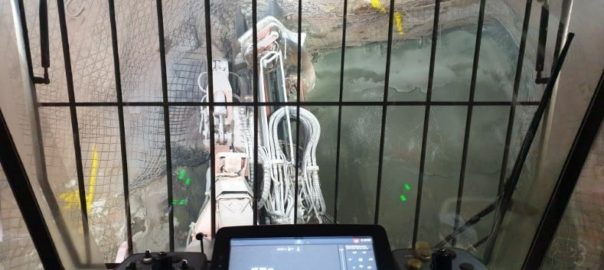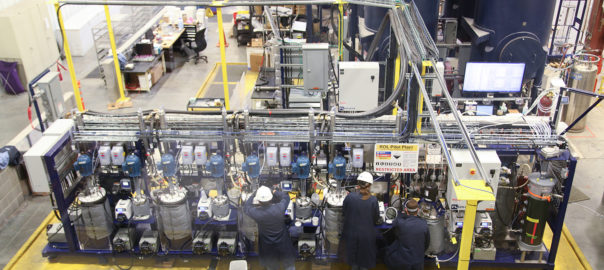Atalaya Mining has, following a feasibility study, approved the construction of the first phase of an industrial-scale plant using the E-LIX System to produce high value copper and zinc metals from the complex sulphide concentrates sourced from Proyecto Riotinto (pictured) in Spain.
Following its announcement on October 28, 2020, Atalaya concluded the study, which evaluated the technical and economic viability of producing cathodes from complex sulphide concentrates by applying E-LIX, a new, patented electrochemical extraction process developed and owned by Lain Technologies Ltd.
Relative to conventional flotation techniques, the value creation potential of E-LIX offers a unique opportunity for Atalaya, it said. As a result – and as previously disclosed – the company secured certain terms of exclusivity with Lain Tech for the use of E-LIX within the Iberian Pyrite Belt.
The E-LIX plant will dissolve the valuable metals contained within the concentrates. The test work and system design allows for the dissolution of chalcopyrite while avoiding the passivation of particles. After copper or other metals are brought into solution, they can be recovered by conventional precipitation or solvent extraction followed by electrowinning (SX-EW).
Phase I plant capacity has been designed to produce between 3,000-10,000 t of copper or zinc metal per year depending on the ratio of copper to zinc in the concentrate feed.
The estimated capex for Phase I is €12 million ($13.6 million) and the design allows for unlimited capacity expansion through the addition of multiple lines in parallel. Atalaya will start the construction of the plant in the coming weeks and it is expected to be operational in 2022, including commissioning.
The decision to approve and construct the Phase I industrial-sized plant follows over six years of evaluation and de-risking work including continuous tests at the laboratory, a small pilot plant and finally a semi-industrial pilot plant, Atalaya explained.
A semi-industrial E-LIX pilot plant was constructed in late 2019 and has operated during 2020 and 2021, despite the challenges of the COVID-19 outbreak. The results of the pilot tests were included in the feasibility study and successive optimisation work. The long run continuous tests demonstrated the feasibility of leaching complex polymetallic concentrates with global recoveries of over 95% for copper and zinc while producing clean metal precipitates and/or high purity metals.
Atalaya said the use of the E-LIX System has shown the potential to unlock the significant value from the polymetallic sulphides contained within Atalaya’s mineral resources, including:
- The polymetallic deposits of San Dionisio, San Antonio, Masa Valverde and Majadales, all of which are located in the Iberian Pyrite Belt and within trucking distance of Proyecto Riotinto’s 15 Mt/y processing facility;
- The significant contained metal within these historical drilled resources from San Dionisio and Masa Valverde contain over 1.1 Mt of copper, 2.4 Mt of zinc, 1.7 Moz of gold, over 110 Moz of silver as well as additional lead resources. These figures are in addition to the over 1 Mt of copper reserve at Proyecto Riotinto’s Cerro Colorado orebody and at Proyecto Touro; and
- Historical applications of differential flotation within the Iberian Pyrite Belt in Spain and Portugal have typically resulted in recoveries of 60-80% into concentrates for complex copper-zinc polymetallic sulphides, with even lower recoveries historically reported for lead, silver and gold. The use of hydrometallurgical systems, such as E-LIX, has demonstrated that base metal recoveries of over 90% can be achieved.
E-LIX is, Atalaya said, also expected to reduce Atalaya’s carbon footprint. By producing high-purity metals on-site, Atalaya can reduce the transportation costs associated with delivering concentrates to smelters, avoid treatment and refining charges associated with converting concentrates into metal and eliminate penalties associated with deleterious elements often contained within concentrates produced in the Iberian Pyrite Belt and elsewhere. The E-LIX plant is also expected to use the renewable energy that will be produced by Proyecto Riotinto’s planned solar plant.
Alberto Lavandeira, Atalaya CEO, said: “The E-LIX System offers Atalaya a unique opportunity to unlock significant value from its portfolio of deposits that contain complex polymetallic mineralisation. Atalaya has worked together with Lain Technologies for many years in order to test, refine and demonstrate the E-LIX process, providing the company with confidence in its potential. In addition to enhancing recoveries, E-LIX will eliminate penalties associated with deleterious elements and reduce the costs of transportation and energy, thereby improving the company’s carbon footprint.”







